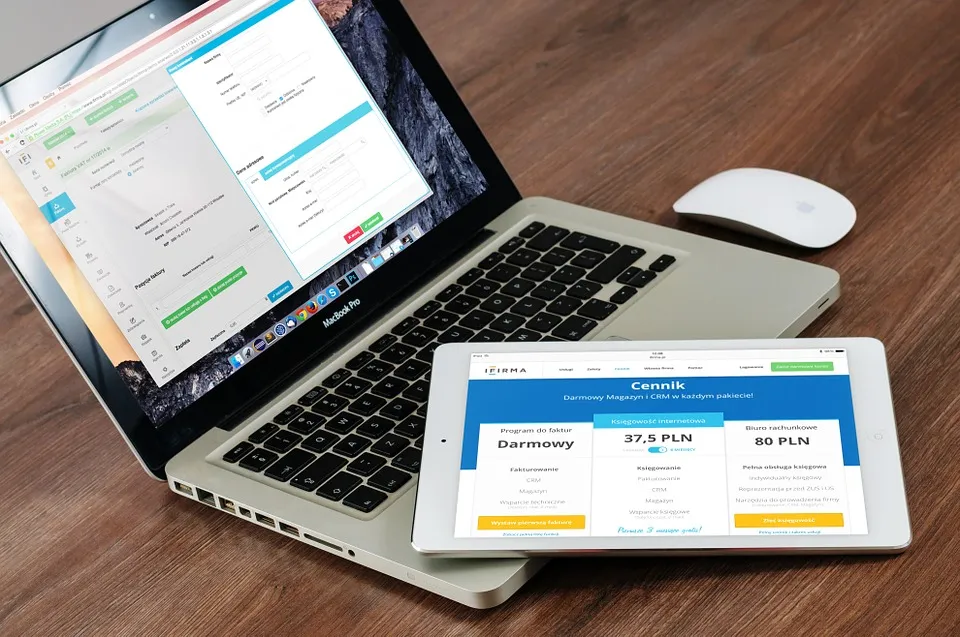Designing Disability-Friendly Sites
Web design is a challenging field of work that revolves around many strategies and principles and should include designing disability-friendly sites. If you want to delight users with an engaging and memorable online experience, you should consider many parameters. One of the important factors you should take into consideration is accessibility. There are many internet users with physical disabilities like hearing loss, visual impairments and learning issues. More often than not accessibility for these users is ignored for a focus on aesthetics and SEO. Building a website that is totally disability-friendly is easier said than done.
The Need for Disability Friendly Sites
It is quite evident that web developers should understand the disabilities and difficulties of everyone. They should be capable of designing a product that is accessible by anyone, at any time and from anywhere. Sadly however the majority of web design doesn’t take accessibility into consideration. The main features are:
- The ability to change the font size – this helps the visually impaired to read the content.
- W3C compliance – this is a criteria test that checks your website meets a high standard.
- Ability to change the contrast- this helps the visually impaired to read the content.
- Content considerations – laying out the site to that reader software naturally flows.
- Colour pallets, images, CSS and hyperlinks – meeting standards for easy understanding.
#1 – Use alt tags properly
This is easier said than done. Many SEO companies use the alt tags to embed keywords into the code. However, their proper use is to help accessibility. The Alt text and description are there as alternatives to the image. So for those who cannot see the image, they would know what it was because generally, the alt tags are read out aloud. To help make the web more accessible we can still use our keywords, but we should do so in a way that still describes the image succinctly and accurately.
#2 – Include subtitles
Have you ever wondered how a website with subtitles would look like? In this modern era, chunks of texts have been replaced with videos and images. If your website has videos, try to incorporate subtitles too. This tip holds well when you have to produce and load your own videos. The video-to-text transcription will help both the site’s users and you!
#3 – Using Full Stops
Do you know how much a small full stop can do to your content? According to experienced web developers, the full stop plays an integral role in content management systems. This is why all your abbreviations should be properly spaced and references. In case you are ought to abbreviate a term in HTML, remember to include full stop before and in-between each letter. This will increase the readability of your text. Short sentences that make the content easier to read are also advised.
#4 – Talk About the links
A lot of novice web developers forget to describe links! This is an expensive mistake that can force people to leave your site. When you embed links in your site, make sure you include a descriptive statement about the web link. Instead of requesting the user to “click here”, write about the link! Help the user understand what the link holds. This will encourage users to click the link and navigate further through your website. If you hyperlink your keyword then this will also help with internal link building for SEO.
#5 – The Right Blend of Colours
When it comes to accessibility, you must make sure the site blends the right shades. But using and mixing the right colours is easier said than done. Smart colour choices will help you increase your site’s overall success. Don’t pair striking colors like green, yellow and blue! Instead, go for shades that are calm and composed. Comprehensive websites have a white background and black text. In general, this is a comfortable combination for most readers. According to experts, your website shouldn’t have more than three to four colours!
#6 – Make it clickable
Most users prefer websites that are predominantly clickable. Unfortunately, mobility is a problem seen by many users with different types of disabilities. Trying to find and click small items is easy said than done. Thus, help your users by designing big elements that can be clicked without any issues. There are plenty of online guides to help you with sizing and positioning. Make your call to action buttons stand out and clickable. This will not only help disabled users, disability-friendly but it will boost your overall web click-ability!
Tip #7 – Keep it Simple
“Simplicity” should be your prime goal while designing disability-friendly websites. This is a tip that works well for both kinds of users. If you want to stress your message, break it up into smaller chunks. Explain with straight forward words and a plain language.
#8 – Include an accessibility Guide
Last but certainly not least, you should include an accessibility guide in your website. This will help potential viewers understand more about your site. The guide should state how your site is predominantly accessible. Also, include video tutorials that explain how disabled people can use your site.
If you need help making your website disability-friendly, you should get in touch.
